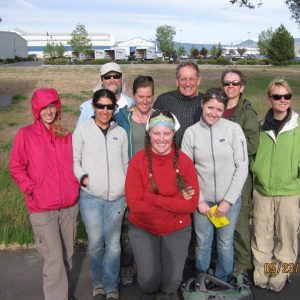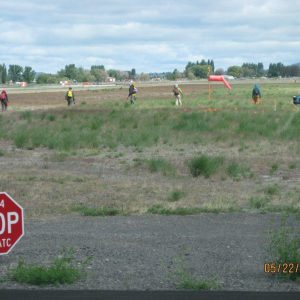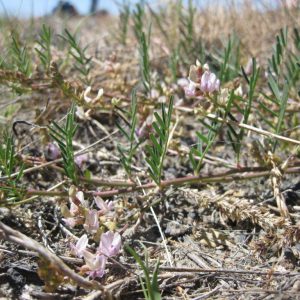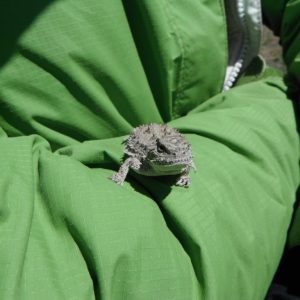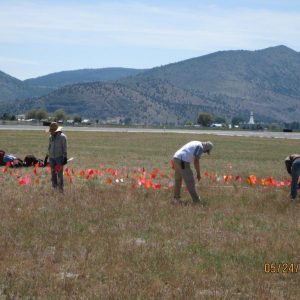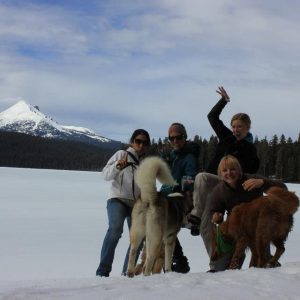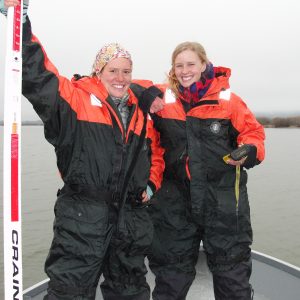Finally, a wonderful six months has come to an end. It has been a great field season filled with wonderful people, memories, and experiences. I have learned so much and will leave here with much more knowledge, skills, connections, and friends than I came with.
I gained a wide diversity of new field and survey skills this season including electroshocking, PIT tagging, locating egg masses, identifying western fish species, monitoring eagle nests, and much more. I have to say though, I will be glad to never look at another Applegate’s milkvetch again. We surveyed milkvetch for hours on end, for weeks, staring at the ground, looking for any tiny seedling of milkvetch. At times I would close my eyes after a day of milkvetch surveying and see milkvetch on the floor and carpet. Some of us even had dreams of milkvetch. Milkvetch surveying was the only field work I wasn’t very fond of this summer, but it was a good experience either way, and when you’re outside in beautiful weather all day you really can’t complain much.
My favorite work of the field season was electroshocking. We utilized electroshocking for both bull trout and Lost River & shortnose suckers. Electroshocking was a lot of fun to me because it required a lot of action, focus, and quick movements and it was fun to try and capture the fish before they came to. It was also interesting to be able to handle the fish and inspect them so closely, as well at PIT tagging them. I got to know a lot of new fish species this way through close inspection of their characteristics. I realized that I really enjoy more hands-on kind of field work. I really enjoy working closely and personally with a species, up to a certain point of course. I wouldn’t want to do anything really harmful or too invasive to a species. Even though I generally consider myself more of a bird and mammal kind of girl, I found that I really enjoy the field work that is conducted for fish.
I do have to say that I did miss mammal and bird work this summer. I gained a lot of great experience and skills with aquatic species, which I’m sure will be very useful in the summer and make me a more diverse and competitive applicant for future jobs. Next field season though I would definitely like to gain more experience working with birds and mammals. I found that although aquatic species work is a lot of fun and you get to hang out in and near water most of the time which is great, my passion still really lies within the birds and mammals. These are the species that I get really excited about and feel that I identify with and understand more.
All in all, this field season has been an amazing, informative experience that I am very thankful to have had. Klamath Falls will always have a special place in my heart from now on. I will leave here with great experiences and friends, and probably tears. I found an amazing community of caring environmentalists here that are all very special people and I will have a hard time saying goodbye to. Memories and experiences last a lifetime though and shape the kind of person that you become, and thanks to all of these experiences, I know that I will leave here a better person.
I am very thankful to this internship program and to Krissa and Wes, who are two very caring and kind individuals that I’m sure have helped so many people, including me, and have provided unforgettable experiences. Thank you for making my experience possible.












